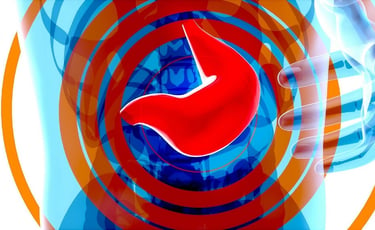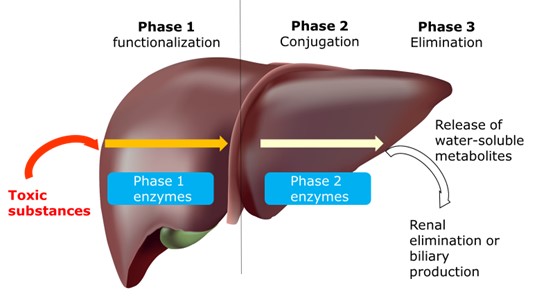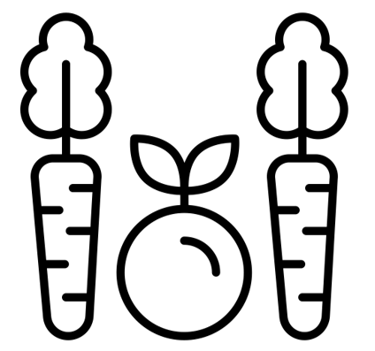The liver, an abused organ


The liver is a central organ in nutrition, as it receives the nutrients that have passed through the intestinal barrier via the bloodstream and puts them back into circulation in the body
It also manages sugar destocking, stores certain vitamins and minerals for release when needed, eliminates toxins, and participates in the immune system and the synthesis of most of the body's proteins.
Our modern Western diet is very demanding on our livers. Our bodies were not designed to eliminate as many pollutants as we ingest and synthesize today. We must avoid overloading our livers with fructose, alcohol, fast sugars, additives, drugs, and the like. One of the pathologies that can affect the liver is hepatic steatosis, an abnormal accumulation of fat. It can result from excessive consumption of fast sugars (possibly in the form of alcohol) and/or fats, often combined with a lack of physical activity, as well as protein glycation.
Among the toxins eliminated by the liver when it is not steatotic and functioning normally, we find not only substances foreign to the organism, such as additives, heavy metals, drug molecules, aflatoxin from plant molds or hydrocarbons generated by smoking and grilling, but also toxins produced by intestinal bacteria and substances synthesized by the organism itself: hormones, cytokines, neurotransmitters, etc.
The liver carries out detoxification in three stages: functionalization, conjugation, and elimination:
eranicle/stock.adobe.com
The first stage, functionalization, uses enzymes to transform toxic compounds into other substances, through various processes (hydroxylation, oxidation, reduction, or hydrolysis) supported by antioxidants, vitamins B2, B3, B6, B9 and B12, and the minerals chromium, cobalt, copper, magnesium, manganese, molybdenum, and zinc. Enzyme production is also supported by nutrients. This transformation generates free radicals and intermediate metabolites which are often more toxic than the starting compounds and must therefore be rapidly neutralized.
The second stage, conjugation, also involves enzymes, and consists in combining the metabolites from the first stage with other molecules to neutralize them. There are no less than seven types of conjugation molecules: i) glucoronic acid, derived from glucose, which eliminates carcinogenic metabolites, ii) glutathione, which also eliminates carcinogenic metabolites, iii) sulfates, iv) methyl CH3 groups, v) acetyl CH3CO groups, vi) the amino acid glycine, and vii) the amino acid taurine. This combination is supported by vitamins B2, B3, B6, B9 and B12 and the minerals chromium, cobalt, copper, magnesium, manganese, molybdenum, selenium, sulfur, and zinc. In practical terms, garlic, artichokes, carrots, celery, cabbage, turmeric, eggs, onions, potatoes, rosemary, and tea are particularly beneficial.
The third stage, elimination, involves a protein, p-glycoprotein, which transports neutralized substances to the kidneys or enables them to be used for bile production.
If detoxification doesn't work properly, because the body lacks certain nutrients or the liver is overloaded or diseased, the body will try to evacuate toxic substances in other ways, such as through the skin (=> hives, eczema) or respiratory mucus (=> asthma, sinusitis). In these cases, it's best to let it do so. If, for example, you take corticosteroids to counteract these symptoms, the body must then store the toxic substances in adipocytes and joints, causing inflammation.
To find out more, also read these articles:
On the practice of fasting, which also helps detoxify the body: https://isabellemaesnutrition.com/en/fasting
On cooking methods and utensils: https://isabellemaesnutrition.com/en/cooking-utensils
On drinks: https://isabellemaesnutrition.com/en/drinks
On the links between cancer and diet: https://isabellemaesnutrition.com/en/cancer
On oxidation and glycation: https://isabellemaesnutrition.com/en/oxidation-glycation
On the issues of processed foods compared to a natural diet: https://isabellemaesnutrition.com/en/processed-foods
Liver drawing by Julien Tromeur


